![]() POCILLOPORA CARE
POCILLOPORA CARE
Pocillopora despite being one of the less popular stony corals in the reef aquarium hobby are second only to Acropora in reef building productivity in the wild. Their skeletons make up a huge portion of the reef’s structure in the ocean. Pocillopora are one of the most adaptable SPS corals in that they tolerate a wide range of both light and flow. Please see below for more care tips for Pocillopora.
![]() LOCATION
LOCATION
Indo-Pacific – Islands of the Indo-Pacific including Fiji, Tonga, Solomon Islands, and the Great Barrier Reef.
![]() LIGHTING
LIGHTING
High lighting tends to bring out the best coloration in Pocillopora. We have kept them under lower light conditions and they do quite well in terms of growth and polyp extension, but under brighter lighting this coral develops brighter coloration. Pocillopora may require a longer acclimation period to intense lighting such as metal halides and LED’s.
Low Light

Low light translates to about 30-50 PAR
Medium Light

Medium Light is between 50-150 PAR
High Light

High Light is anything over 150 PAR
Lighting is a loaded topic, so for a more in-depth discussion of lighting.
![]() WATER FLOW
WATER FLOW
Strong water movement is recommended. Pocillopora are commonly found in the wild in very strong surge zones.
![]() FEEDING
FEEDING
Here at Tidal Gardens we try to feed most of our corals even when it is not obvious that they are eating. We like to use the cloudy supernate that forms after thawing out frozen food and using a turkey baster to spray it on the Pocillopora colonies.

![]() PROPAGATION
PROPAGATION
This genus for the most part has been propagated extensively in captivity and is an excellent candidate for aquaculture. Pocillopora are also one of the few corals that reproduce effectively from a method called polyp bailout. Polyp bailout is where individual polyps separate from the base skeleton and reattach elsewhere in the reef to form new colonies. For most coral this is a last-resort reaction to a stressful situation, but Pocillopora do it so effectively that it is a common method of reproduction.
Like many other varieties of branching SPS, Pocillopora can take on completely different shapes and colors depending on their location on the reef. Larger colonies are optimized for a specific location and may struggle when placed in a new reef tank. It is for this reason we recommend starting with frags of SPS and letting them grow to a particular reef setup rather than starting with large colonies that may experience die-off once introduced in the new aquarium.

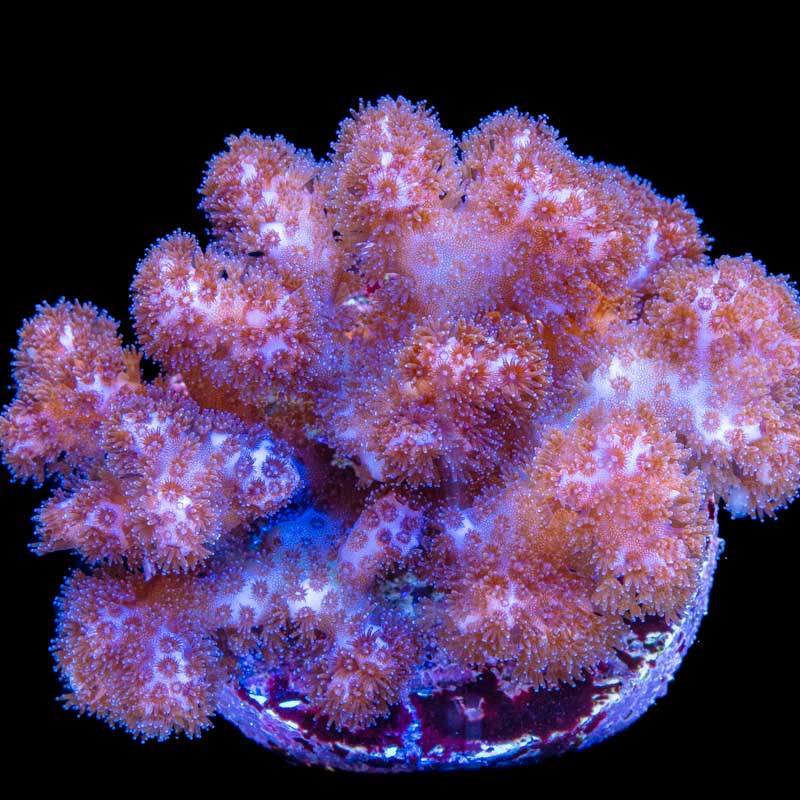

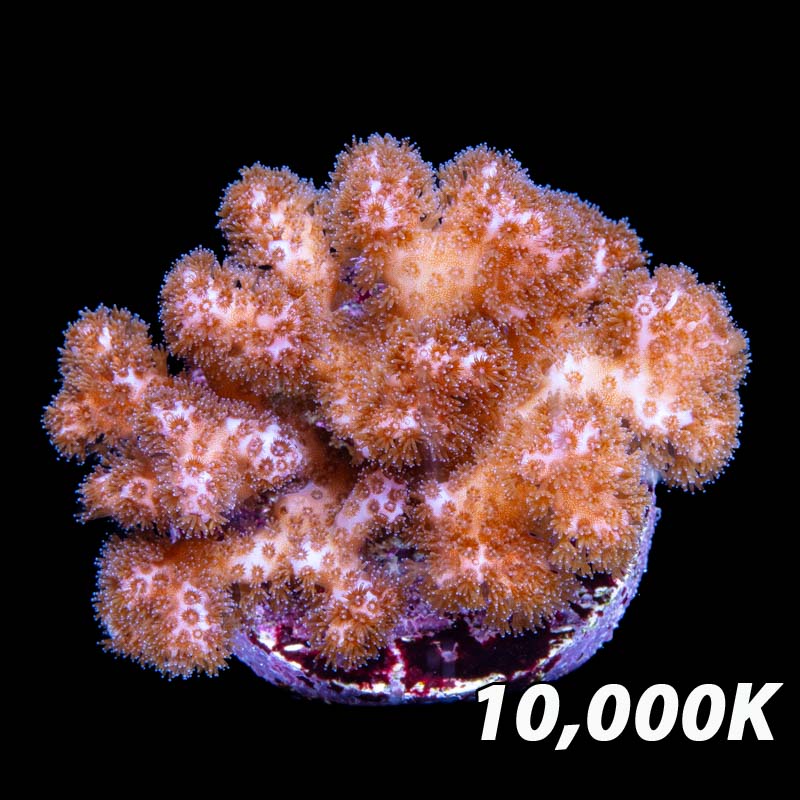
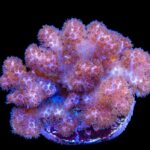

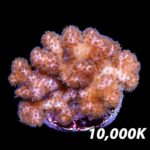



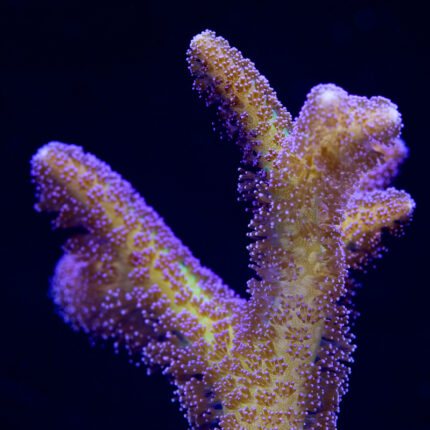











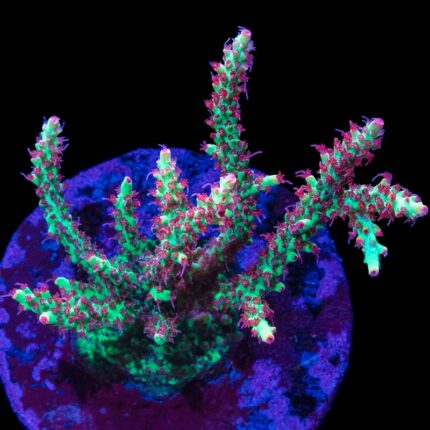
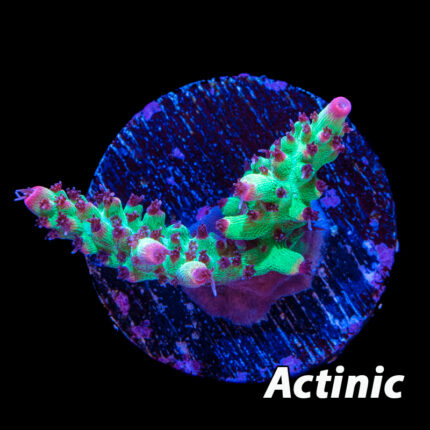
Reviews
There are no reviews yet.